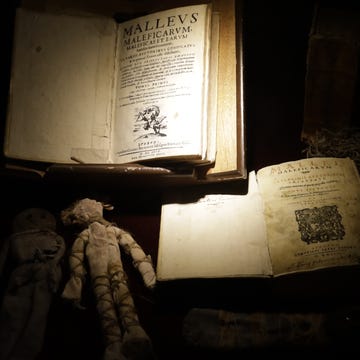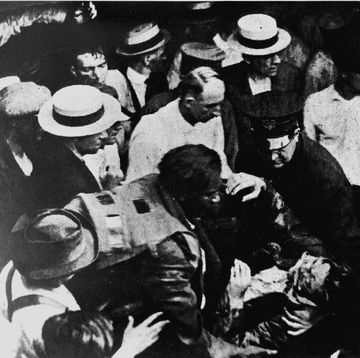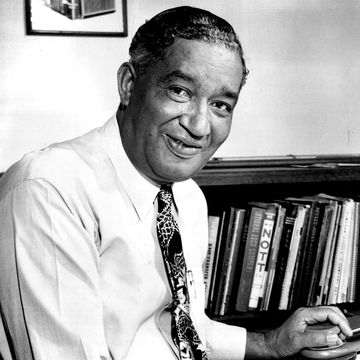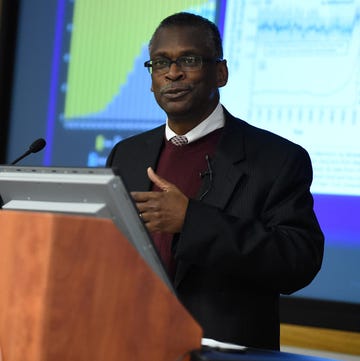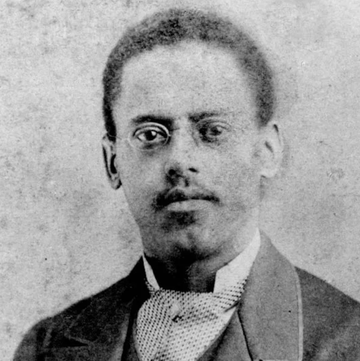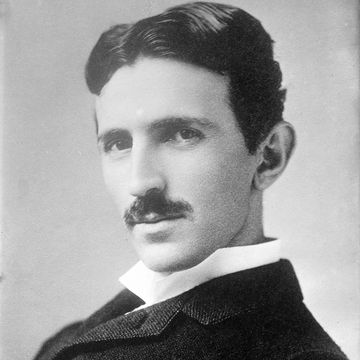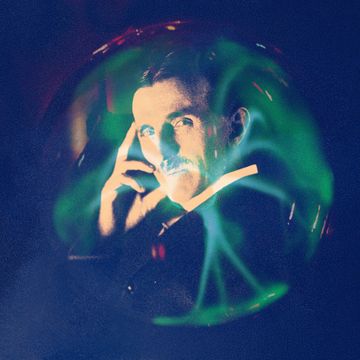Eclipsed by his fame as the inventor of the telephone, phonograph, metal detector, and early forms of the hydrofoil (among other machines) is the extensive work that Alexander Graham Bell did with the deaf community throughout his life. Although his personal family history and his interest in and study of voice and speech lead to his most famous accomplishments, Bell once described his later work with deaf people “more pleasing to me than even recognition of my work with the telephone.”
In recent decades, Bell has been vilified by some members of the deaf community, who point to his eugenics-tinged opinions on deafness and his successful efforts to ban the use of sign language in deaf education. However, others contend that Bell’s efforts, although misguided, were in fact well-intentioned, and there is perhaps no aspect of his life that better supports this claim than his longtime friendship with Helen Keller.
Bell had a deep fascination with voice and deafness
Keller was healthy baby until 18 months after her June 1880 birth. In 1882, she suffered a fever that left her blind and deaf. Despite developing a rudimentary sign language with which to communicate, she was isolated, unruly, and prone to wild tantrums as a child. So much so that some members of her family considered institutionalizing her.
Seeking to improve her condition, her parents traveled from their Alabama home to Baltimore in 1886 to see an oculist who had had some success in dealing with conditions of the eye. After examining Keller, however, he told her parents that he couldn’t restore her sight. Still, he suggested that she could still be educated, referring them to Bell, who despite having achieved worldwide fame, was working with deaf children in Washington D.C.
Bell’s interest in voice and deafness extended deep into his past. His mother was almost completely deaf, and both his grandfather and father had done extensive scientific research on voice. Bell apprenticed with his father from a young age and took an increasingly important role in the work. Eventually, Bell moved to Boston and, in 1871, began teaching deaf children there to speak using a set of symbols his father had invented called Visible Speech.
Further deepening the famous inventor’s connection to the deaf community was his wife, Mabel Hubbard. Her hearing was destroyed by disease as a child, and she later became one of Bell’s pupils. The couple married in 1877.
Keller and Bell initially met in 1886. He made his pocket watch chime so she could feel its vibration. Warmly recalling that first meeting, Keller later wrote that she felt he understood her and that she “loved him at once.” Bell referred Keller to the Perkins Institution in Boston, and the following March, Anne Sullivan was sent to Keller’s home to begin her education.
Keller and Graham brought national attention to the deaf community
After a difficult start, Sullivan broke through to Keller in April 1887 when she traced the word “water” on her hand and then ran cold water over it. Keller retraced the word on Sullivan’s hand then eagerly went on to learn 30 more words that day. Writing to Bell shortly thereafter, Sullivan described the breakthrough as a “miracle.” Bell quickly spread word of their accomplishments, publishing an account of the events in various journals. Before long, Keller had become something of a celebrity.
Keller, for her part, was extremely grateful to Bell for broadening her horizons, and Bell to Keller for bringing national attention to deaf education. In the years to come, the two frequently spent time together, developing something of a parent-child relationship along the way.
In 1887, Keller participated in the groundbreaking ceremony for Bell’s Volta Bureau, an institution for deaf research that he opened in Washington D.C. with prize money received in recognition of his invention of the telephone. In 1888, Keller again journeyed north to visit Bell, and this time also met with President Grover Cleveland. (She would go on to meet every subsequent president through Lyndon B. Johnson.)
In 1893, Keller even accompanied Bell to the World’s Columbian Exposition in Chicago, where they stayed for three weeks. Bell, who had learned finger spelling to communicate with his mother, acted as Keller’s personal guide at the world’s fair and taught her about modern science and technology.
Bell became further involved in Keller’s education when she expressed a desire to attend a regular college, an idea he wholly supported. In 1896, Bell coordinated the effort to establish a trust fund for Keller. When she began attending Radcliffe College in Boston in 1900, it was this trust fund, as well as further financial support from Bell, that paid for her schooling. Keller became the first deaf-blind person to graduate college in 1904.
They forged a lasting friendship
The bond between Bell and Keller only strengthened up until the inventor’s death in August 1922. Keller was a frequent guest in Bell’s home, and he remained her constant supporter, both personally and financially. He frequently sent her money to pay for living expenses or vacations, and he even learned to use a braille typewriter so they could correspond more directly.
Keller used the braille typewriter to write her first autobiography, The Story of My Life, which she dedicated to him, writing, “To Alexander Graham Bell, who has taught the deaf to speak and enabled the listening ear to hear speech from the Atlantic to the Rockies.”







